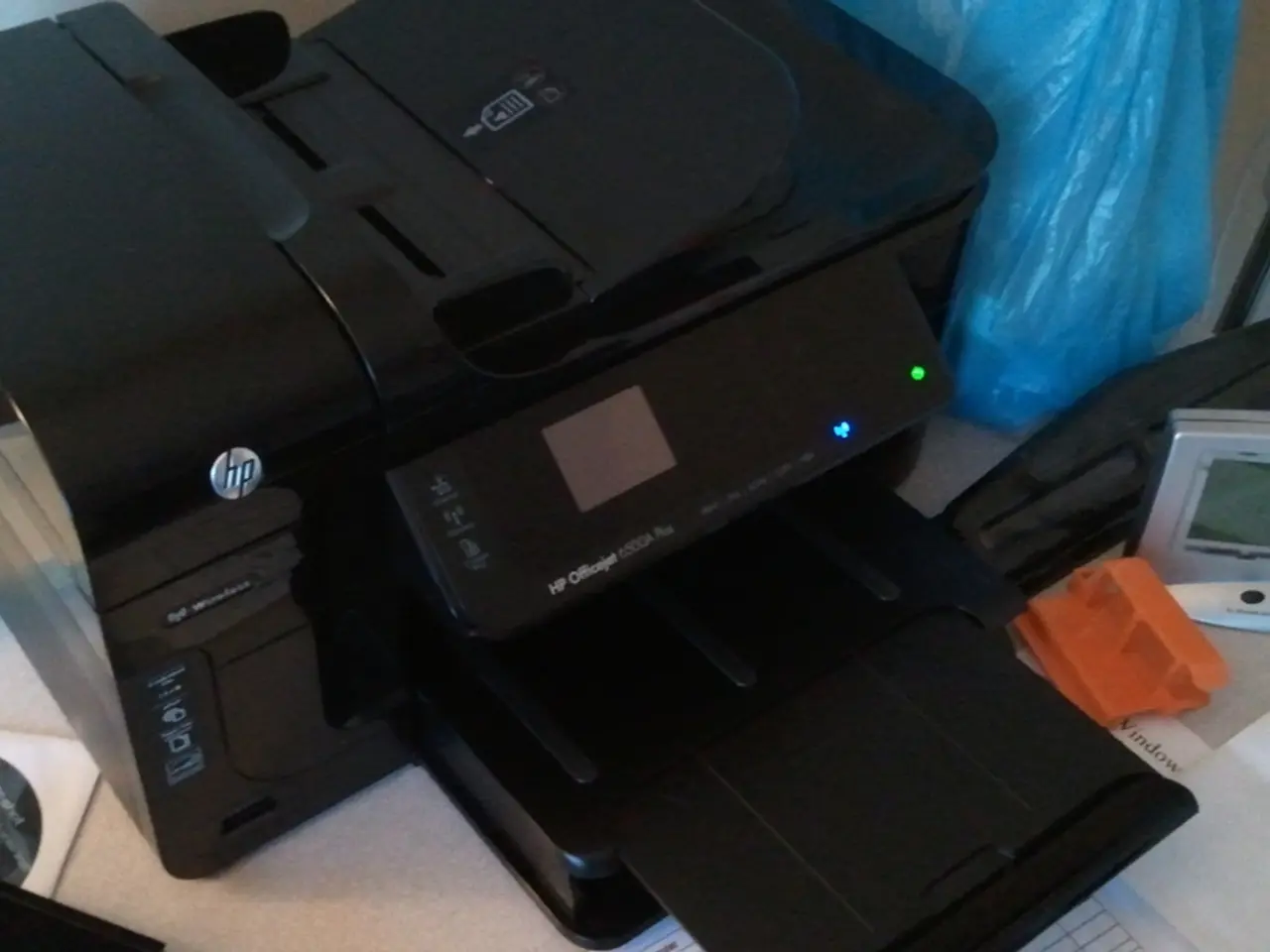Database Management System (DBMS) Log-Based Recovery Methods
In the world of database management, maintaining data consistency and integrity is of utmost importance. One of the key methods used to achieve this is log-based recovery. This technique, founded on the principles of write-ahead logging (WAL), ensures that all changes made to a database are recorded in a transaction log before they are applied, allowing the system to undo incomplete transactions or redo completed ones in the event of a failure.
At the heart of log-based recovery lies the transaction log, a sequential record of all changes made by transactions, each identified by a Log Sequence Number (LSN) that orders the operations chronologically. The log records enough information to reverse (undo) or repeat (redo) transactions.
Two primary operations are crucial in the recovery process: Undo and Redo. Undo reverses changes made by transactions that were active but not committed at the time of failure, restoring the database to its previous state. Redo, on the other hand, reapplies changes of committed transactions that might not yet be reflected in the main database due to a failure.
Upon system restart after a failure, the DBMS uses the transaction log to identify uncommitted transactions since the last checkpoint and undo their effects. It then proceeds to redo the effects of committed transactions to ensure all their updates persist.
To limit the amount of log data that must be processed during recovery, the system periodically writes a checkpoint that records a consistent database state and the current point in the log. Recovery then only needs to consider transactions after the last checkpoint, improving efficiency.
Log-based recovery offers several advantages. It lowers the risk of data corruption by making sure that all transactions are correctly committed or canceled before they are written to the database. Moreover, it is faster than alternative recovery methods.
However, maintaining the log file incurs an additional overhead on the database system, which can reduce the performance of the system. The log can consume a significant amount of storage space, and managing it requires careful administration.
In database systems, changes can be made using two main methods: Immediate Modification and Deferred Modification. In the Immediate Modification method, changes to the database are applied immediately as soon as a transaction executes an operation. In contrast, the Deferred Modification method only logs changes and stores them temporarily, applying them to the database only after the transaction is fully committed.
In the Deferred Modification method, only redo operations are needed for recovery since no changes are applied before commit. This makes the recovery process simpler and faster, but it requires more memory for storing the temporary changes.
In conclusion, log-based recovery ensures data integrity and consistency after failures by strictly recording transaction changes before they are applied, allowing the system to either roll back incomplete transactions or reapply committed changes during recovery. This mechanism is foundational to maintaining ACID properties (Atomicity, Consistency, Isolation, Durability) in database systems.
References: [1] Checkpoints in DBMS: https://www.geeksforgeeks.org/checkpointing-in-dbms/ [2] Log-based Recovery: https://www.geeksforgeeks.org/log-based-recovery/ [3] Database Recovery Techniques: https://www.tutorialspoint.com/database_management_system/database_recovery_techniques.htm [4] Write-Ahead Logging (WAL): https://www.tutorialspoint.com/database_management_system/write-ahead-logging.htm
A crucial component in log-based recovery is the transaction log, a sequential record of all changes made by transactions, which contains enough information to reverse or repeat transactions.
Two operations, undo and redo, are vital in the recovery process, with undo reversing uncommitted transactions and restoring the database to its previous state, and redo reapplying changes of committed transactions that might not yet be reflected in the main database.




